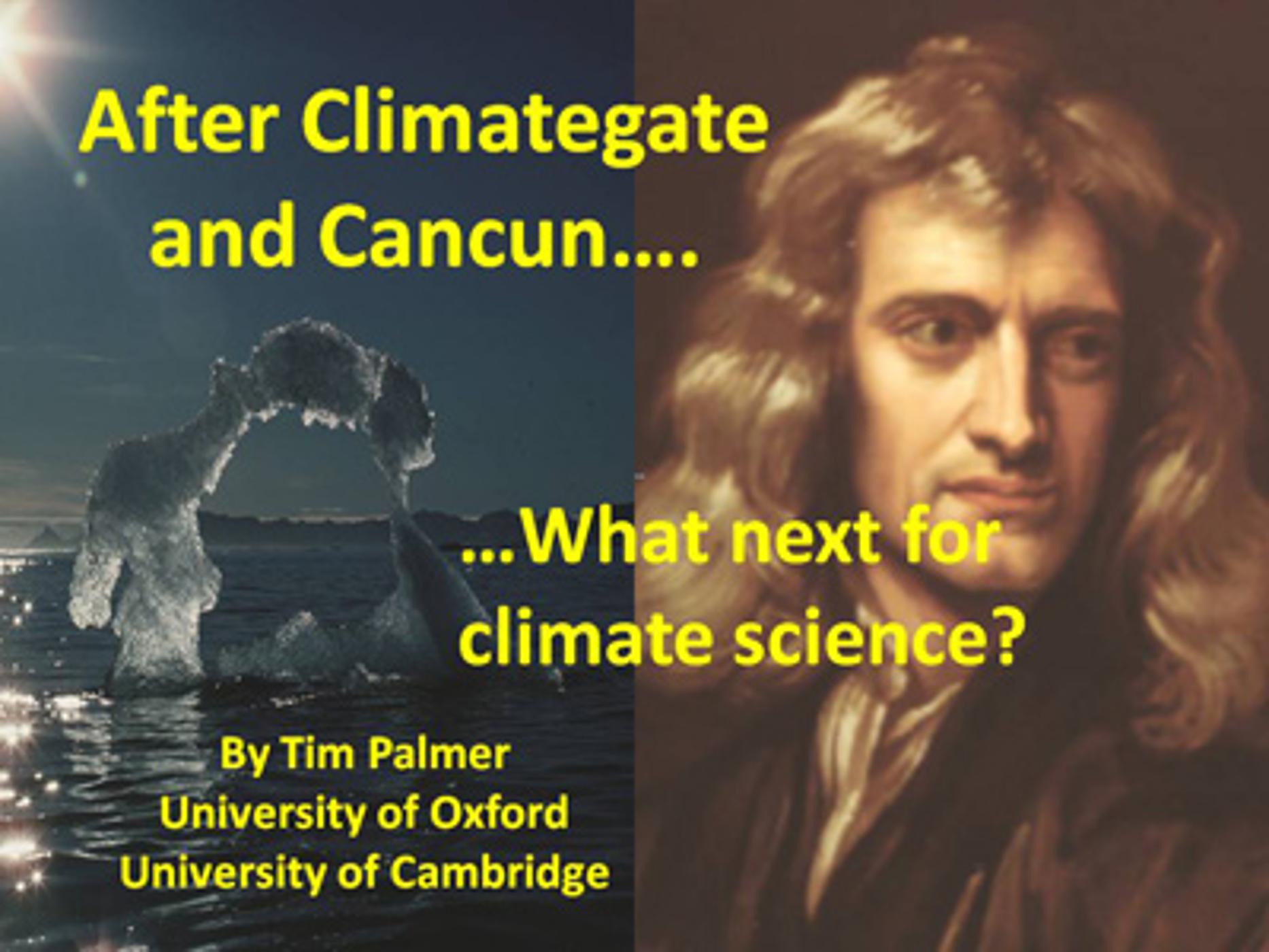Climate modelling at Quaternary time scales
Update: 2010-12-08
Description
Climate changes at time scales of several (tens) of thousands years like glacial interglacial cycles may be viewed as an 'emergent feature' of the climate system. They can be understood at different levels : from a general circulations prospective (how changes in astronomical elements affect the hydrological, nutrient and carbon cycles); from a dynamical system prospective (locate and characterize bifuraction points, detect synchronisation phenemena, identify couplings between different time scales... ); or from a statistical prospective (estimate the probability of events and assess the predictability of the climate system at these time scales). The ambition of a general theory Pleistocene climate is to merge these approaches.
The recent mathematical developments reviewed during the present Newton Institute constitute promising avenues to this end. For example, statistical emulators allow to explore in depth the input and parameter spaces of general circulation simulators, including their sensitivity to the astronomical forcing. Monte-Carlo statistical methods allow to calibrate low-order stochastic dynamical systems, and guide the process of criticism and selection of models. The purpose of this talk is to summarise advances gained during the Newton Institute along these lines.
The recent mathematical developments reviewed during the present Newton Institute constitute promising avenues to this end. For example, statistical emulators allow to explore in depth the input and parameter spaces of general circulation simulators, including their sensitivity to the astronomical forcing. Monte-Carlo statistical methods allow to calibrate low-order stochastic dynamical systems, and guide the process of criticism and selection of models. The purpose of this talk is to summarise advances gained during the Newton Institute along these lines.
Comments
In Channel








